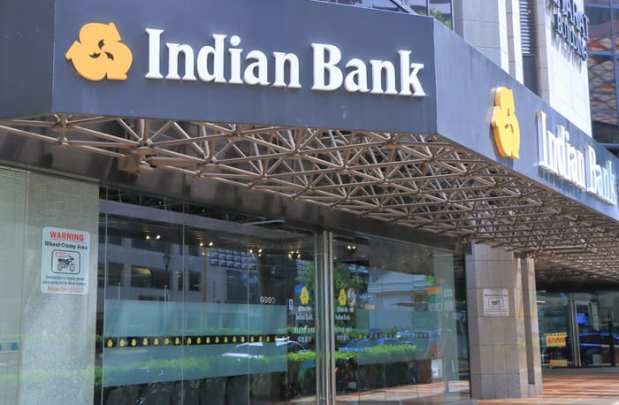Changes To Business Lending Underway At India’s PSU Banks

India’s state-owned banks are going through changes that could mean an overhaul in business lending, The Economic Times (ET) reported on Friday (Jan. 3).
For decades, public sector undertaking (PSU) banks have largely been responsible for handling the working capital loans that many firms need for daily operations. Based on net current assets, the system for corporate borrowers was considered flawed, having loaned too much money to some businesses and too little to others.
India’s biggest lender, the State Bank of India (SBI), is now considering a move to a cash-flow-based lending model from the current asset-based model. Under the proposed change, borrowers would have to regularly share cash-flow statements with lenders.
Madhav Kalyan, CEO of JPMorgan India, has been tapped to lead a panel to evaluate the proposal, two sources told ET.
“The matter was mentioned at a meeting of the Indian Banks’ Association in December. Though proposed by SBI, it has to be a collective decision by the industry,” one source told the news outlet.
PSUs calculate a borrower’s working capital requirements by looking at the difference between assets and liabilities. Generally, a company covers 25 percent of a working capital gap, with banks funding the rest.
“Assets don’t help companies to repay loans. It’s their cash flow that makes a difference. It’s high time [that] state-owned banks migrate to a cash-flow-linked system to finance working capital. … Private and MNC banks have been doing it for over a decade now,” a senior banker told ET.
Cash-flow-based lending relies on the inflows (sales and capital) and outflows (payroll and taxes).
“India is probably the only country with [a] cash-credit system of funding working capital requirements of commercial borrowers,” said veteran banker PH Ravikumar.
At the start of the decade, 35 percent of Indian adults had bank accounts. In 2014, that figure had improved to about 53 percent. It was at that point that the nation instituted the first of what would be many efforts in building a national digital financial infrastructure.
